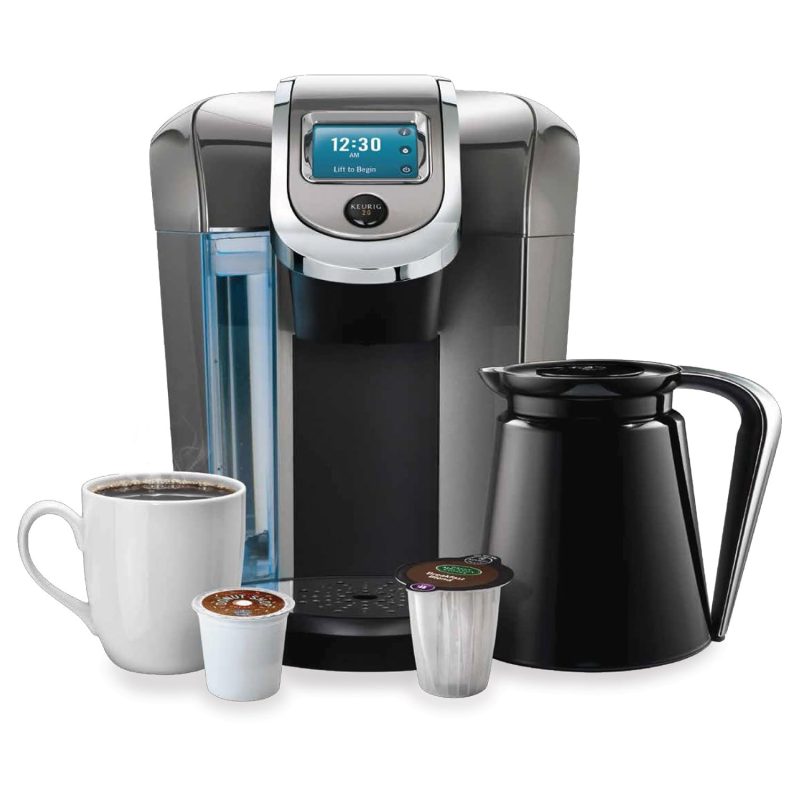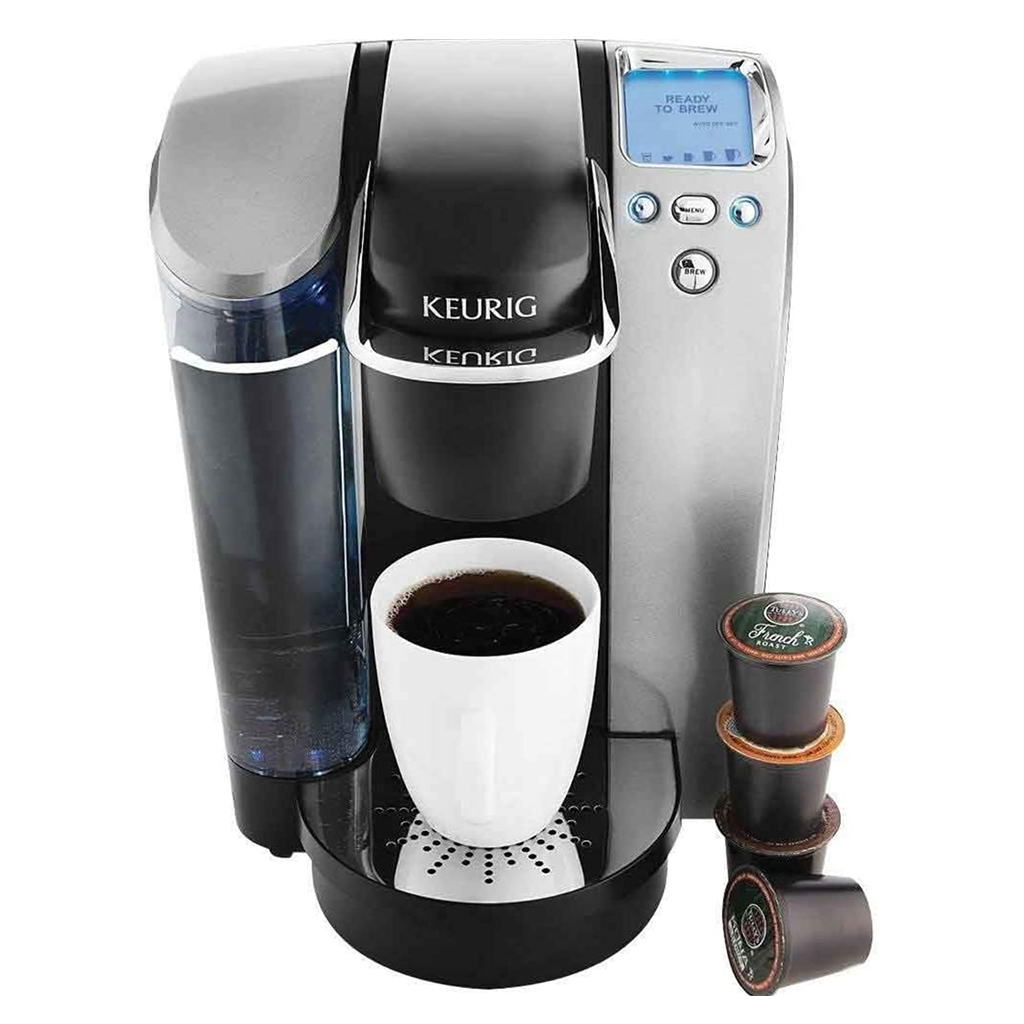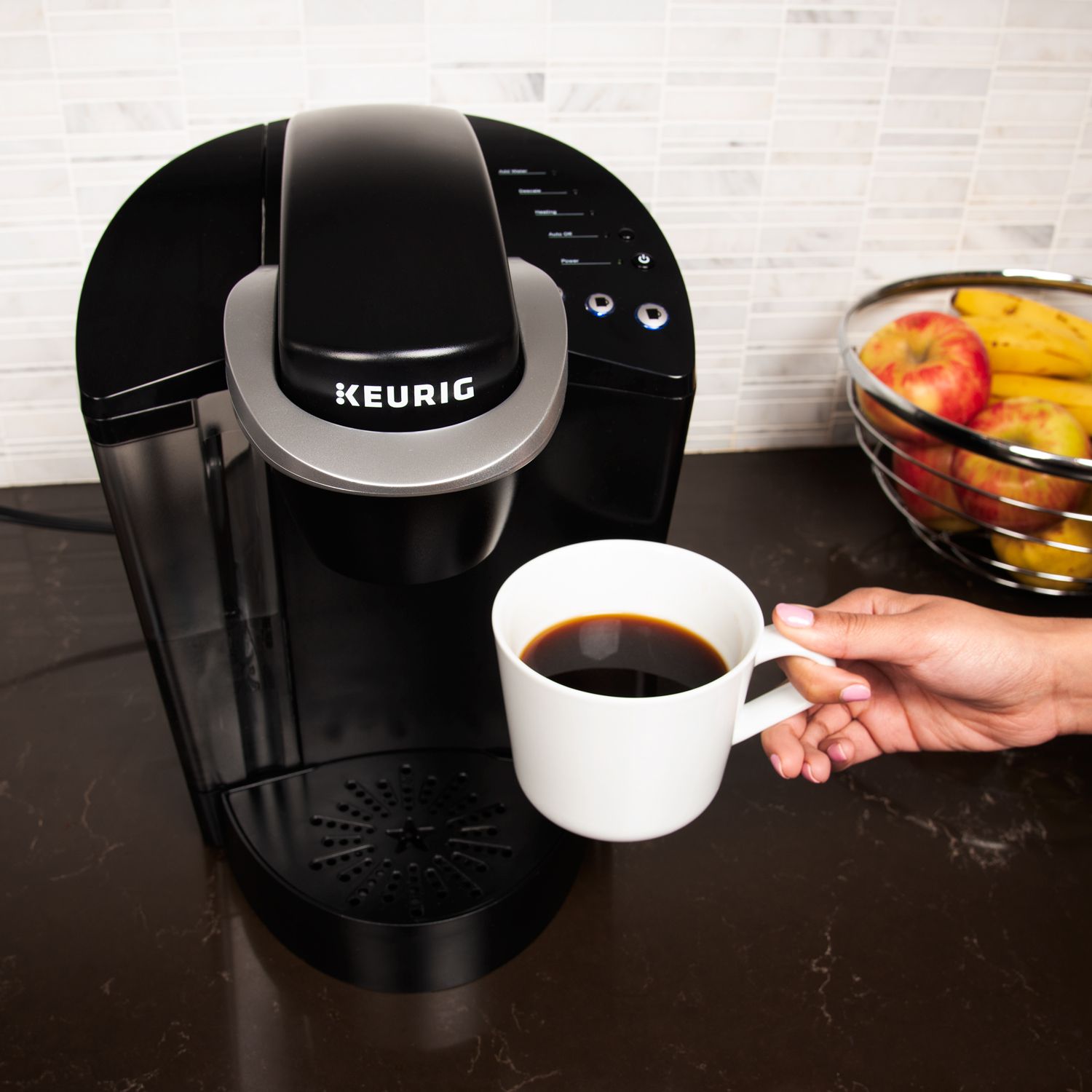
Keeping your Keurig coffee maker clean is essential for brewing the best-tasting coffee. While vinegar is a common cleaning agent for many, not everyone is fond of its strong smell or taste. Fortunately, there are effective alternatives to cleaning your Keurig without vinegar. In this guide, we will delve into various methods and tips on how to clean a keurig without vinegar.
Why Clean Your Keurig?
The Importance of Maintenance
Over time, coffee makers accumulate mineral deposits, coffee oils, and residues that can impact flavor and performance. Regular cleaning not only prolongs the life of your machine but also ensures that your coffee tastes fresh.
Signs That Your Keurig Needs Cleaning
You’ll know it’s time to clean your Keurig if you notice:
- A change in the taste of your coffee
- A decrease in brew strength
- Excessive noise during the brewing process
- Slow brewing times
- Coffee grounds or sediment in your cup
Supplies You’ll Need
Basic Supplies for Cleaning
Before you start the cleaning process, gather the following supplies:
- Mild dish soap
- Baking soda
- Toothbrush or small brush
- Soft cloth or sponge
- Water
- A large bowl or container
Specialized Cleaning Products
While you can achieve effective cleaning using household items, consider the following:
- Descaling solutions specifically designed for coffee machines
- Coffee machine cleaning pods
Step-by-Step Cleaning Process
Disassemble the Machine
- Unplug the Keurig: Always start by unplugging your coffee maker for safety.
- Remove Components: Take off the water reservoir, drip tray, and K-cup holder. These parts are typically removable for easy cleaning.
Clean the External Parts
- Wipe Down the Exterior: Use a damp cloth with mild dish soap to wipe down the exterior of the machine. Avoid using harsh chemicals that may damage the surface.
- Clean the Drip Tray: Wash the drip tray either in the dishwasher (if it’s dishwasher-safe) or by hand. Rinse it thoroughly and let it air dry.
- Sanitize the Water Reservoir: Use a mixture of water and mild dish soap to clean the water reservoir. Soak for a few minutes before rinsing thoroughly.
Address the K-Cup Holder
- Clean the K-Cup Holder: The K-cup holder can often trap coffee grounds. Use a toothbrush or a small brush to clean this part effectively.
- Remove the Needle: Some models allow you to detach the needle that punctures the K-cup. Clean it carefully, ensuring that any trapped coffee grounds are removed. If you can’t remove it, use the brush to clean it in place.
Clean the Inside of the Machine
- Water Reservoir Cleaning: Prepare a cleaning solution by mixing 1-2 tablespoons of baking soda into the water reservoir filled with water.
- Run a Cycle: Without a K-cup in the holder, brew a cup of the cleaning solution. This helps clean the internal parts of the machine.
- Reuse the Solution: Discard the first brew, and then run a few more cycles using the cleaning solution to ensure thorough cleaning.
Rinse and Refresh
- Rinse the Machine: After running a few cycles with the baking soda solution, fill the water reservoir with clean water. Run several cycles to rinse out any remaining cleaning solution.
- Final Water Cycle: Ensure you run at least 3-4 cycles with just clean water to completely remove any residual cleaning agent. This will help ensure your next cup of coffee is free of unwanted flavors.
Cleaning the Water Reservoir
How to Handle Stains
If your water reservoir has stains or mineral buildup:
- Use Baking Soda Paste: Create a paste using baking soda and water. Apply it to stained areas, let it sit for about 15-20 minutes, and scrub gently with a soft cloth.
- Rinse Thoroughly: Always rinse well to remove any baking soda residue.
Regular Maintenance Tips
To keep your reservoir clean:
- Change the water regularly to prevent stagnation.
- Store it in a cool, dry place if not used for lengthy periods.
Cleaning the Brewing Mechanism
Descaling Your Keurig
In addition to regular cleaning, descaling your Keurig is vital to remove mineral buildup:
- Use a Descaling Solution: Purchase a commercial descaling solution and follow the manufacturer’s instructions.
- Run the Descale Cycle: For those with models that have a descale option, run this cycle after mixing the solution with water.
Alternatives to Chemical Descalers
If you prefer not to use commercial descalers, a mixture of citric acid and water can serve as a natural alternative. Follow the same steps as with the baking soda cleaning.
Deep Cleaning Interval
Regular vs. Deep Cleaning
Regular cleaning involves the daily wipe-down and monthly reservoir cleaning. Deep cleaning should be performed every three to six months, depending on usage frequency.
How to Schedule Deep Cleaning
Set a reminder on your calendar or notes app so you don’t forget! Adhering to a cleaning schedule will help maintain your machine’s performance.
Additional Tips and Tricks
Using Coffee Machine Cleaning Pods
Some brands offer cleaning pods specifically designed for coffee machines. These can provide a more convenient way to keep your Keurig clean, especially if you’re looking for a vinegar-free option. Just follow the manufacturer’s directions.
Monitor for Build-Up
Keep an eye on any mineral or coffee build-up. If you frequently use tap water, it can lead to more rapid build-up due to mineral content.
Consider Your Water Source
Using filtered or bottled water can minimize mineral deposits, prolonging the time between cleanings.
Use Regular Water Filters
Some Keurig models come with water filters designed to reduce mineral content in the water. If your model supports this, consider using one to improve your coffee’s taste and reduce buildup.
Alternative Cleaning Solutions
Besides the baking soda and alcohol methods, there are a few other commercial cleaning products specifically designed for coffee makers. Here are a couple of options:
Coffee Maker Cleaner
These products typically come in liquid or tablet form and are formulated to eliminate calcium deposits and coffee oils.
- Follow Directions: Always read and follow the manufacturer’s instructions.
- Run Brew Cycle: Just like your home solutions, run a brew cycle with the cleaner, followed by multiple cycles of water.
Dish Soap Solution
A simple solution of dish soap and warm water can be effective for some cleaning tasks. This is best for external cleaning and should not be used to descale the internal components.
 Troubleshooting Common Issues
Troubleshooting Common Issues
Bad Taste in Coffee
If your coffee still tastes off after cleaning, consider switching to a different water source. Tap water may contain additional minerals or impurities that alter coffee flavor.
Machine Overflow
If your Keurig is overflowing or not brewing properly, there might still be clogs in the exit needle or water reservoir. Ensure that these areas are free of debris.
Unresponsive Machine
If you’re facing issues turning your Keurig on, ensure all components are securely attached and clean. A dirty or stuck on/off switch might lead to unresponsiveness.
Final Thoughts: how to clean a keurig without vinegar
Cleaning your Keurig without vinegar is not only feasible but straightforward. By using household items like baking soda, dish soap, and regular maintenance techniques, you can keep your coffee maker in excellent condition. Other methods, such as using commercial cleaning solutions or coffee machine cleaning pods, also offer effective alternatives.
By regularly maintaining your Keurig and knowing how to clean a keurig without vinegar, you can enjoy delicious coffee for years to come. Whether you clean your machine weekly, monthly, or quarterly, what matters is that you make cleaning a habit to ensure the best brewing experience. Remember, fresh coffee starts with a clean machine, so take the time to keep your Keurig in top shape.
By following the tips and methods outlined in this article, you’ll have a cleaner and better-performing Keurig, ensuring that every cup you brew is as enjoyable as the last. So, don’t hesitate to embrace these vinegar-free cleaning alternatives, and start brewing that perfect cup today!

